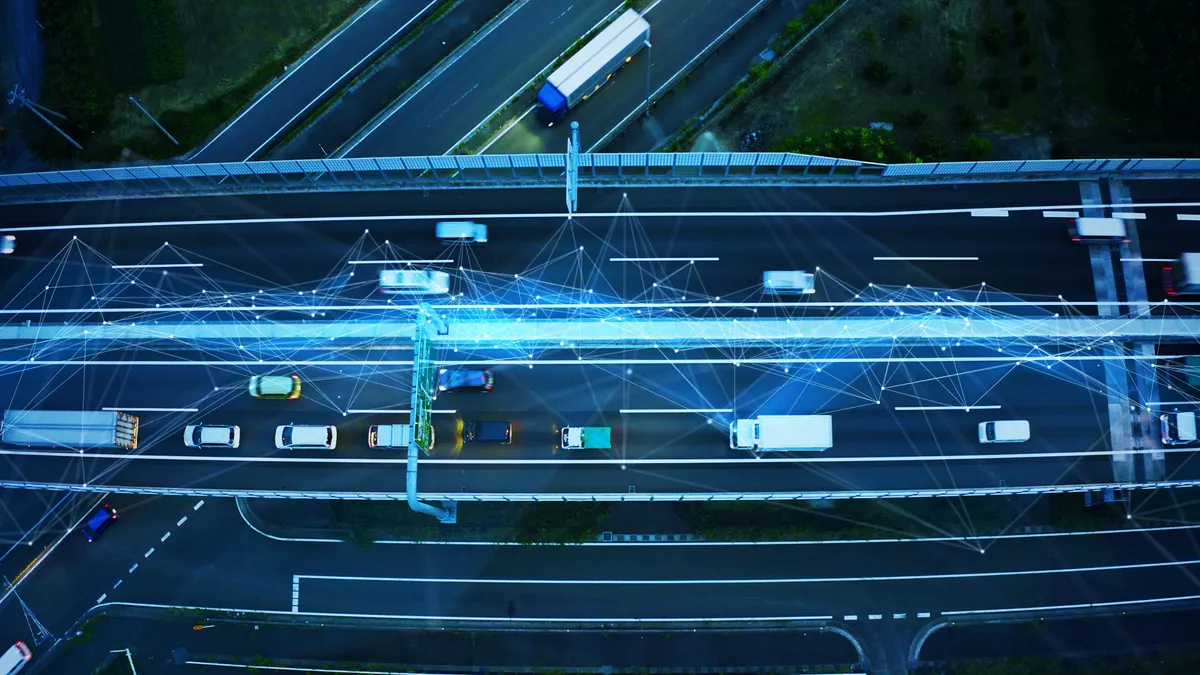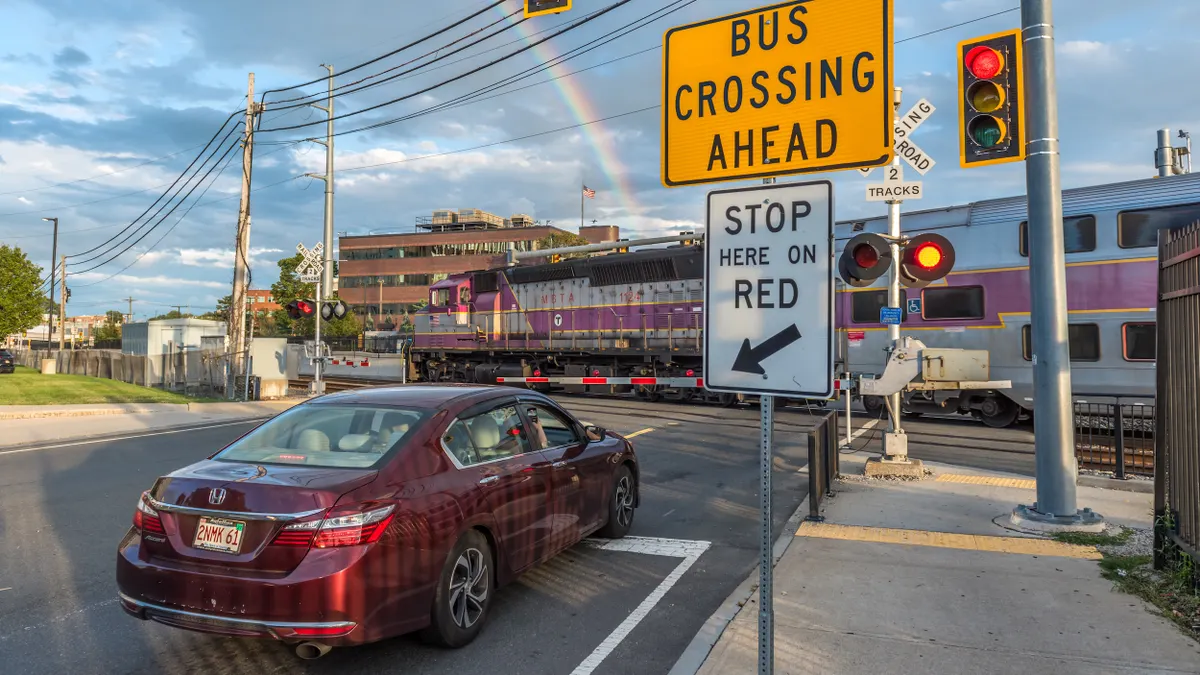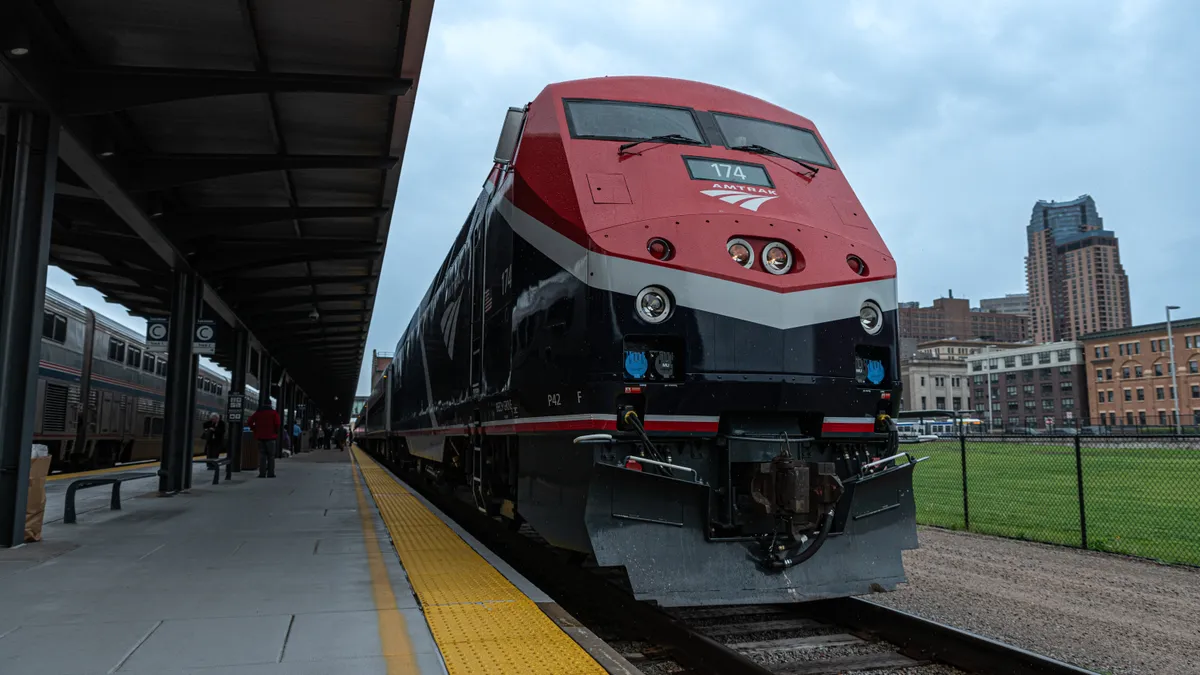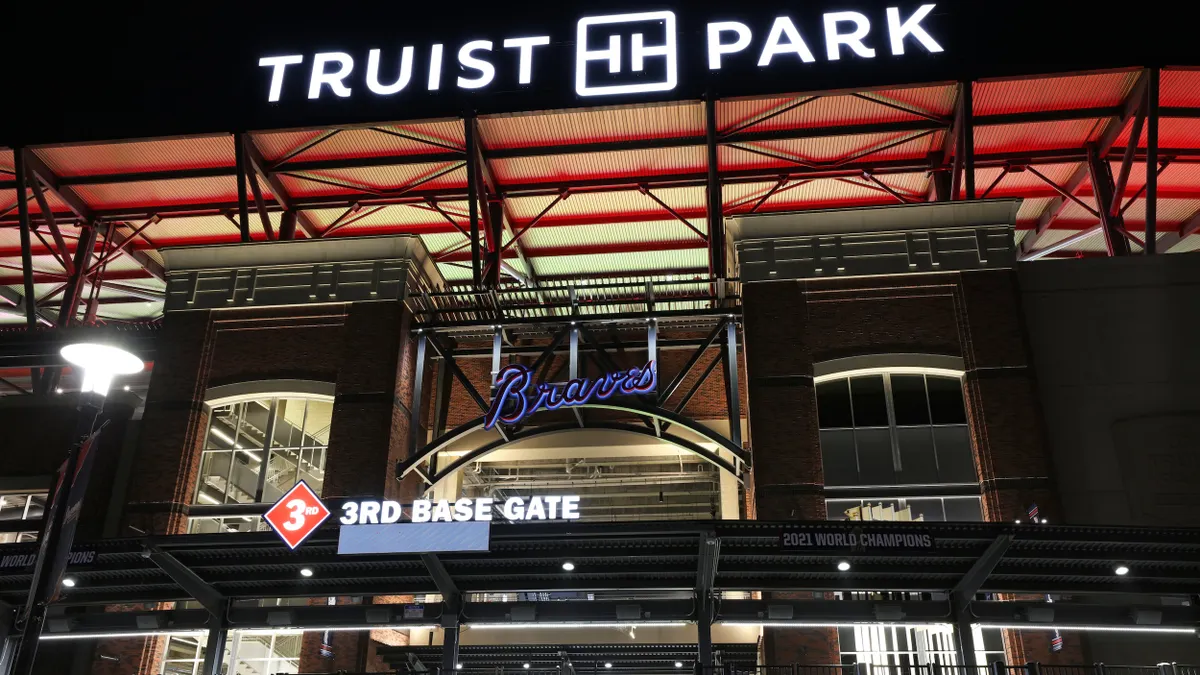A federal court in August upheld the Federal Communication Commission’s decision to reshuffle the spectrum available for connected vehicle technology. Now transportation professionals say a nationwide policy framework for connected vehicle technology could break an impasse between communities and carmakers and speed the deployment of tools with potentially life-saving benefits.
After FCC officials attended the U.S. Department of Transportation’s Vehicle-to-Everything Communications Summit in August, stakeholders said they are optimistic the DOT and FCC will better coordinate their policies to create a national framework for connected vehicle technology.
In November 2020, the FCC reallocated more than half of the spectrum it previously dedicated to connected vehicle technology. The agency claimed the spectrum would be more beneficial for Wi-Fi and other uses because it had been largely dormant since the FCC set it aside for dedicated short-range communications in 1999.
The Intelligent Transportation Society of America and the American Association of State Highway and Transportation Officials sued the FCC over the decision because they were concerned it would put earlier dedicated short-range communications, or DSRC, investments to waste and slow the adoption of connected vehicle technology. The spectrum changes will move ahead as planned following the federal court ruling.
While the transportation sector is disappointed by the decision, the industry is ready to move ahead, ITS America CEO Laura Chace said in an interview with Smart Cities Dive. But the U.S. Department of Transportation needs to lead on the issue by creating a national framework for connected vehicle technology that includes long-term protections for the remaining 30 megahertz of spectrum, Chace said.
Connected vehicle technologies are part of a broader digital infrastructure that has the potential to improve road safety, reduce traffic congestion and lower emissions, according to transportation experts. But the industry is at an impasse: To work, the technology requires investments by communities and by carmakers, each of which is hesitant to move forward without a commitment from the other.
Many communities are hesitant to invest in the infrastructure to deploy connected and automated vehicles because they worry automakers will not install the equipment required to take advantage of it. Likewise, car companies have resisted installing such equipment in their vehicles since there is little infrastructure to support it. "It makes it very difficult for cities or states to [invest] if they don't understand how their own investment will fit into a larger framework," Chace said.
Because experts worry there will not be enough spectrum for vehicle-to-everything communications in the long term, the FCC needs to do a complete analysis of the transportation industry's spectrum requirements, said Jon Peha, an engineering professor and expert on information networks at Carnegie Mellon University who previously served as the FCC's chief technologist.
The agency initially dedicated 75 MHz of spectrum in the 5.9 gigahertz band for intelligent transportation systems, but the new policy slashed that figure to 30 MHz, effectively making DSRC obsolete, Peha said. Now the only technology that anyone can use in the band is cellular vehicle-to-everything, or C-V2X, “which means any infrastructure that had already been deployed will no longer be useful," he said. "You have to change your plans to adopt the current technology."
Regulatory certainty and significant investment by state and local governments in vehicle-to-infrastructure communications would create incentives for automakers to install connected car technology in their vehicles, said Henry Liu, director of Mcity, a public-private research partnership at the University of Michigan focused on transforming mobility. "That will break this chicken-and-egg problem," Liu said.
To develop a plan, the DOT needs to work closely with the FCC and the National Telecommunications and Information Administration to resolve potential interference issues with Wi-Fi devices and finalize rules related to the remaining 30 MHz of spectrum available for connected vehicles, ITS America's Chace said.
In the meantime, cities and states must be flexible about which technologies they use for traffic management because eventually, those technologies could become outdated. Ensuring that intelligent transportation systems are backward compatible and designed to integrate newer technologies is critical to future-proofing them, said King Gee, AASHTO's director of safety and mobility.
The Regional Transportation Commission of Southern Nevada has taken those lessons to heart. The agency has partnered with several companies to test connected and automated vehicle technologies for nearly a decade, including DSRC and C-V2X, said Theresa Gaisser, director of RTC's Freeway and Arterial System of Transportation traffic management center. Its partners to date have included Audi, Inrix, Lyft, Motional and Uber. "We didn't know what the future would bring," Gaisser said. "We wanted to be ahead of it and try to understand what kind of infrastructure and environment connected and autonomous vehicles need in order to start to use the infrastructure most effectively."
FAST currently broadcasts messages about traffic signals and intersection and roadway geometry using DSRC, but its equipment can also transmit that data over C-V2X. "Industry definitely seems to be leaning in the direction of C-V2X. DSRC is probably going to be phasing out over the next couple of years based on the discussions that are ongoing, and we are prepared for that," Gaisser said.





















